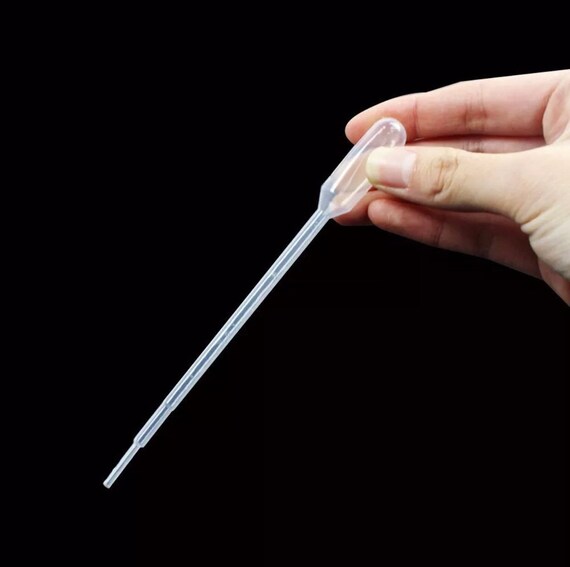George MacDonald
Member
- Joined
- Dec 2, 2018
- Messages
- 20
- Reaction score
- 9
I have been wondering how other home brewers extract gravity samples without infecting the primary vessel's carbon blanket and aerating the wort...
I basically run a sample from the tap since I ferment in a bottling vessel with a tap. I guess I need new fermenters since I am dealing with my first infection... still... I am wondering if my gravity reading methodology is not way too ignorant as to cause my infections...?
as I run sample into my hydrometer, air bubbles up through the wort and may infect the brew....
so... HOW do you take a gravity reading without compromising your sanitation protocol?
please advise.
I would like to avoid this in future...

I basically run a sample from the tap since I ferment in a bottling vessel with a tap. I guess I need new fermenters since I am dealing with my first infection... still... I am wondering if my gravity reading methodology is not way too ignorant as to cause my infections...?
as I run sample into my hydrometer, air bubbles up through the wort and may infect the brew....
so... HOW do you take a gravity reading without compromising your sanitation protocol?
please advise.
I would like to avoid this in future...




